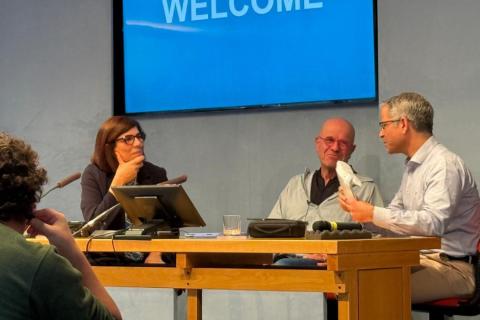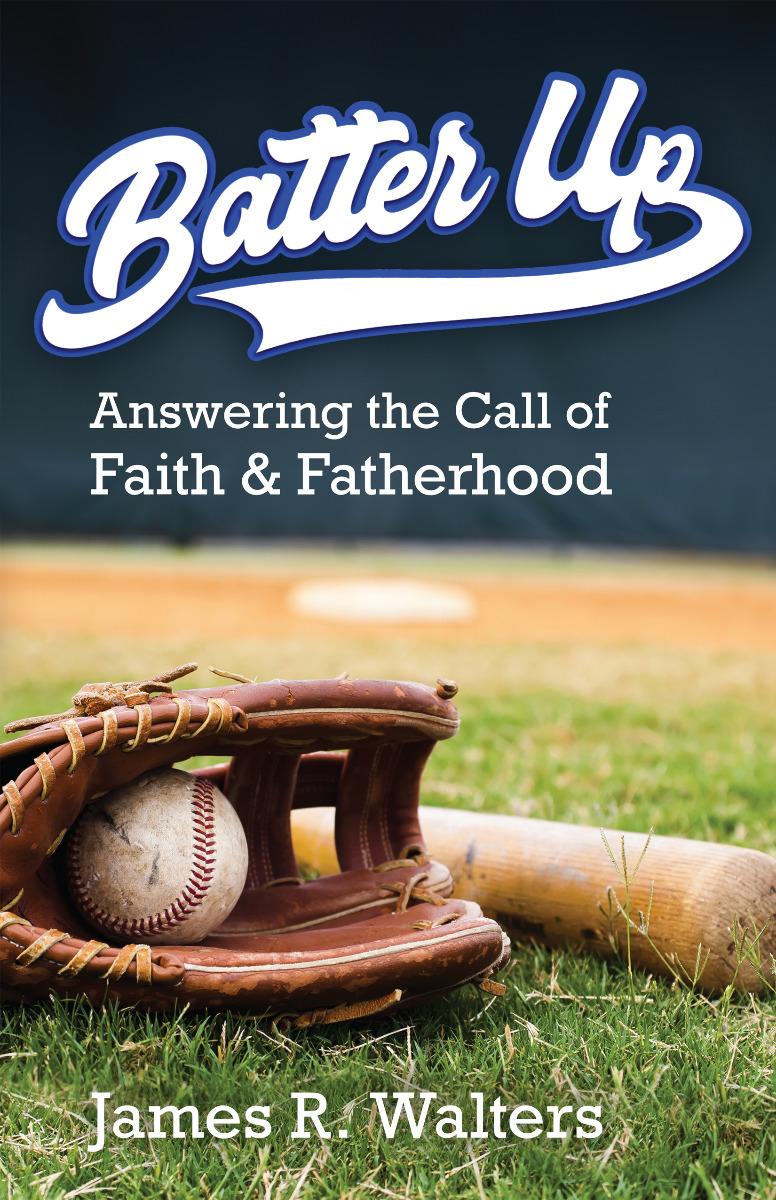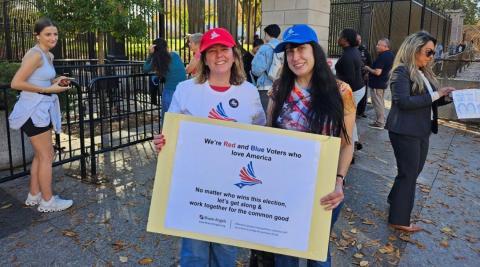
Photo by August de Richelieu at pexels.com
Before I had children, I was the councilor at a large high school in West London. My group of children consisted of those who were viewed to be at risk of social or academic exclusion.
I worked closely with children who were rejecting school, children with special educational needs and disabilities, children from disadvantaged backgrounds, children with external agency input; the list goes on.
Through the many differences in their needs and circumstances, they all remained children, and I believed they should be treated with care, respect and love. Too often children and teenagers are labelled, dismissed and even feared, especially those whose daily life is a struggle.
It was a nice school, an “outstanding school” to be precise, and well known for its shiny reputation, but the children that passed through my classroom and office doors were often arriving at school having already tackled a multitude of difficulties.
We would provide uniform when theirs was “forgotten;” we would wash their uniform when their washing machine was “on the blink again;” we would feed them breakfast when “mom forgot to buy bread yesterday.” We gave them the time and attention that children need to thrive.
When you are tired and hungry, you’re pretty grumpy. The same goes for these children. Unfortunately for my group, some were labelled as having a “bad attitude.”
Praise and encouragement at all times
The success of my role was measured against the number of exclusions that the school had each academic year. I needed to have figures that reflected all that I was doing to re-engage our most at risk students.
So, we had a reporting system and held detentions. Yes, we signed children up to work with external agencies such as the Drugs and Alcohol team, or the Family Services for long-term benefit.
But day to day, hour to hour, lesson to lesson, I found that the most effective way to build a positive relationship with my students was to use purposeful praise. It is no new trick for those involved in education, and in fact I remember my mom always saying to me, “Praise and encouragement at all times,” but I wanted to show this idea of purposeful praise and the benefits of this approach over that of the punitive.
Catching children being good
What is purposeful praise? Purposeful praise is twofold. We identify an undesirable behavior and, rather than highlighting this each time the child does it and telling them off or punishing them, we actively watch them and praise them for not using this behavior.
An example: when I was teaching one boy he would always shout out, it was very frustrating for everyone. Often, I would approach the lesson thinking, “Oh no, here we go again,” and I was already fed up with this student before even stepping into the classroom.
I tasked myself with noticing and commenting every time that he didn’t call out. It was exhausting, but by the end of the lesson our relationship was already much improved. He did not feel that I was on his case all the time, and I was not fed up with saying the same thing every few minutes. Bit by bit, he had significantly reduced the “undesirable behavior.”
We can easily apply this approach to any child. Let’s use biting as an example. If a young child bites when they do not get what they want — every time that we see them think about biting, but resisting, praise them!
“I saw that you wanted to bite, but you didn’t! You made a good decision!”
This leads me to the second element of positive praise: the words that we choose matter and make all the difference. Simply saying “well done” or “good job” is the equivalent to using “nice” in an English essay — it’s meaningless. Children need explicit feedback on what it was that they did well, so that they can repeat the action and be successful in their behavior.
By noticing them being “good,” rather than only noticing them ‘bad’ their self-esteem will soar, their self-worth will increase, and they will be motivated, rather than downtrodden and defensive.
Encouraging independence and resilience
We can use purposeful praise to nurture other behaviors too, such as encouraging independence and resilience. Notice when our children have been challenged to stretch themselves or try something outside of their usual comfort zone and vocalize our observations. Praise them for being brave, or for persevering with a challenging task, but we must remember to choose our words with care and make them meaningful.
Our children need us to notice their efforts and encourage them to dig deep in the face of their personal adversity.
This is an intensive technique, and we may well feel exhausted after an hour, but positive reinforcement has been proven to be more successful than negative. In her book Connecting Parenting, Pam Leo says:
“You can’t teach children to behave better by making them feel worse. When children feel better, they behave better.”
First published in New City London











